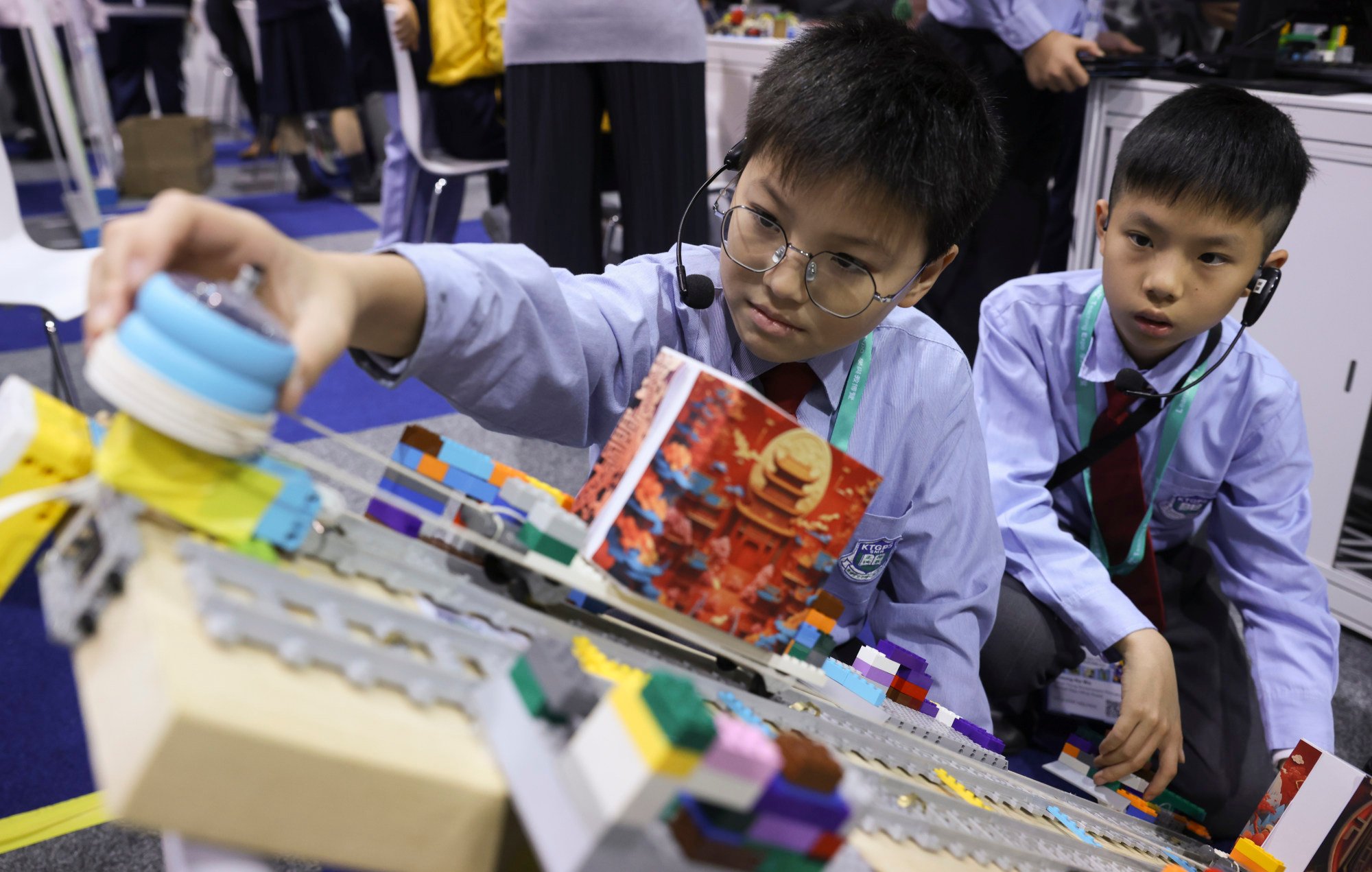Since 2016, funding has been allocated for primary and secondary schools to strengthen STEM and later STEAM with the addition of letter “a” for the arts.
STEAM education’s goal is to promote problem-solving, innovative thinking and practical skills by integrating and applying multidisciplinary knowledge. We should not expect quick success but with billions of public funds being invested, the effectiveness of STEAM is undoubtedly gaining traction.

Based on calculations of Diploma of Secondary Education registration statistics, the number of candidates taking non-compulsory mathematics modules was about 14 per cent in 2017 and almost 16 per cent in 2023. In 2024, even with fewer candidates in total, the students registered in non-compulsory mathematics modules increased to more than 19 per cent, with the number of the applicants exceeding 9,000. It’s really a pleasant surprise.
While we hope to see more students interested in these subjects, we should also look to advance our education system. A Legislative Council report points out that since STEAM is an emerging field, schools and teachers have faced many challenges with its implementation such as insufficient training for educators.
STEAM education is designed to help students develop their ability to solve real-life problems through interdisciplinary learning so it is important that the content is linked to real life. The Legco report acknowledges measures implemented in Singapore, which repeatedly performs well in international assessments such as PISA. This is worthy of our reference.
I am particularly interested in Singapore’s emphasis on ensuring the curriculum is relevant to real-life situations. In addition to letting other institutions and STEM experts participate in the curriculum, since 2022, the Singaporean government has begun allowing teachers to be temporarily transferred to the technology sector for two to four weeks to deepen their knowledge of the industry.

Through partnerships with the scientific and business communities, the government ensures that “its STEM education is in line with the latest technology and relevant to real life”. This includes matching each secondary school “with one industry partner to provide advice” and share experience regarding careers in innovation and technology.
This advanced tool allows us to integrate information in different formats such as text, LIDAR, the cloud and video, among others. GIS can also be analysed and visualised on a map, which enables people to quickly grasp the nature of situations, helping many governments and enterprises make better decisions.

In 2015, I started to promote GIS to local primary and secondary school students with a programme called Map in Learning, allowing students to use professional GIS software ArcGIS Online free of charge.
Today, more than 200 schools have participated in the programme which has trained nearly 2,000 teachers and students. Since 2017, we have held the annual Esri Young Scholars Award to encourage tertiary students to analyse topics of their choice using GIS. In 2022, we established the GIS Academy in Hong Kong to gather and nurture talented students.
In today’s rapidly changing and often dizzying world, people need to be better at data analytics and geospatial awareness. Therefore, I hope the education authorities will incorporate GIS into STEAM as soon as possible to enrich the problem-solving skills of young people, expand the local talent pool and work with everyone to build an advanced smart city.
Dr Winnie Tang is an adjunct professor at the University of Hong Kong

